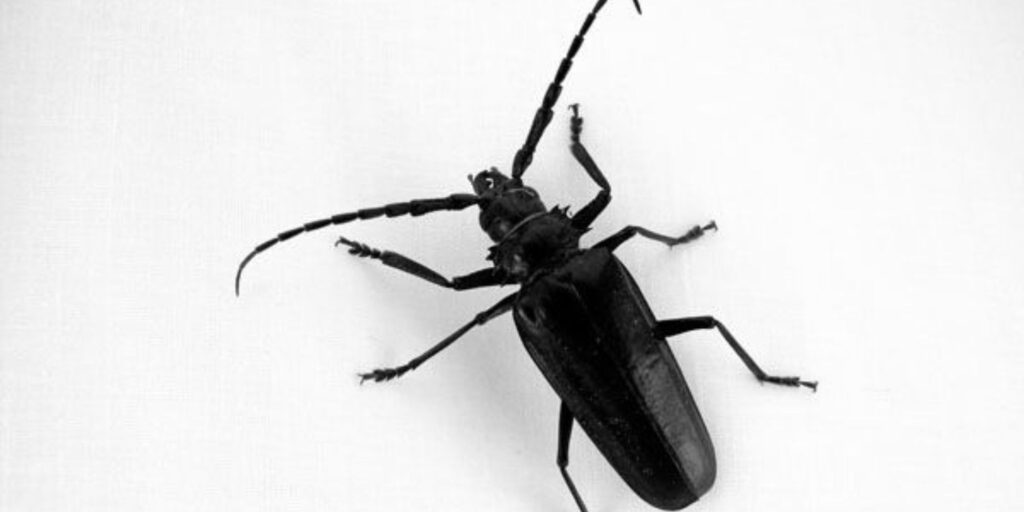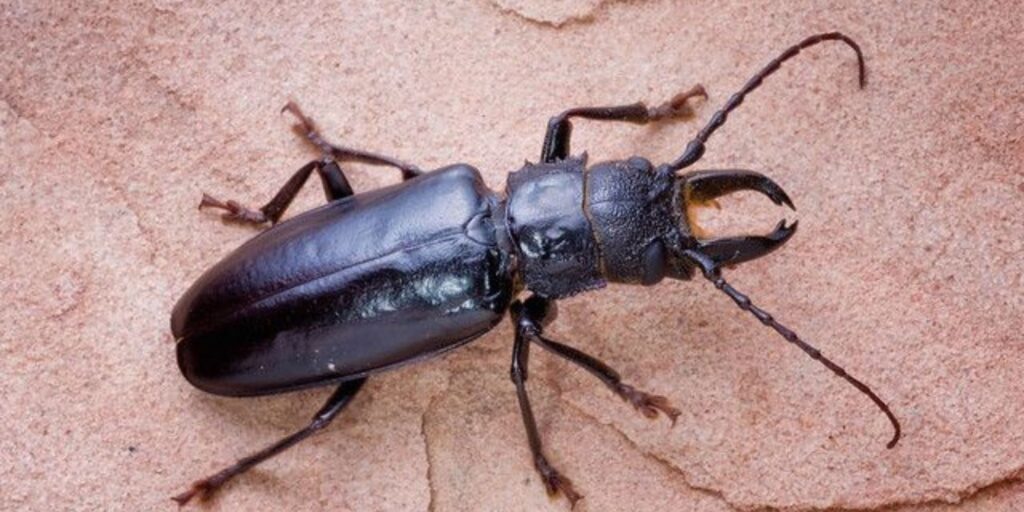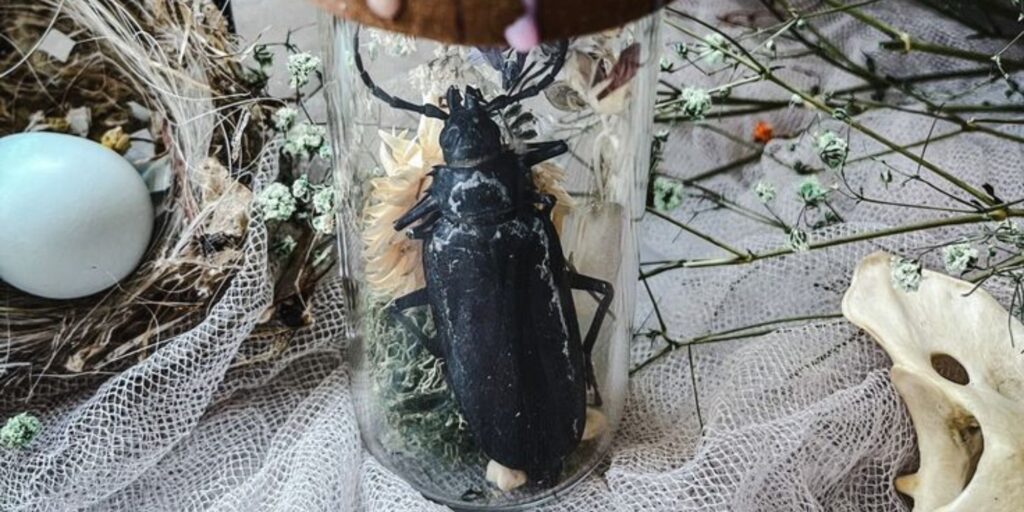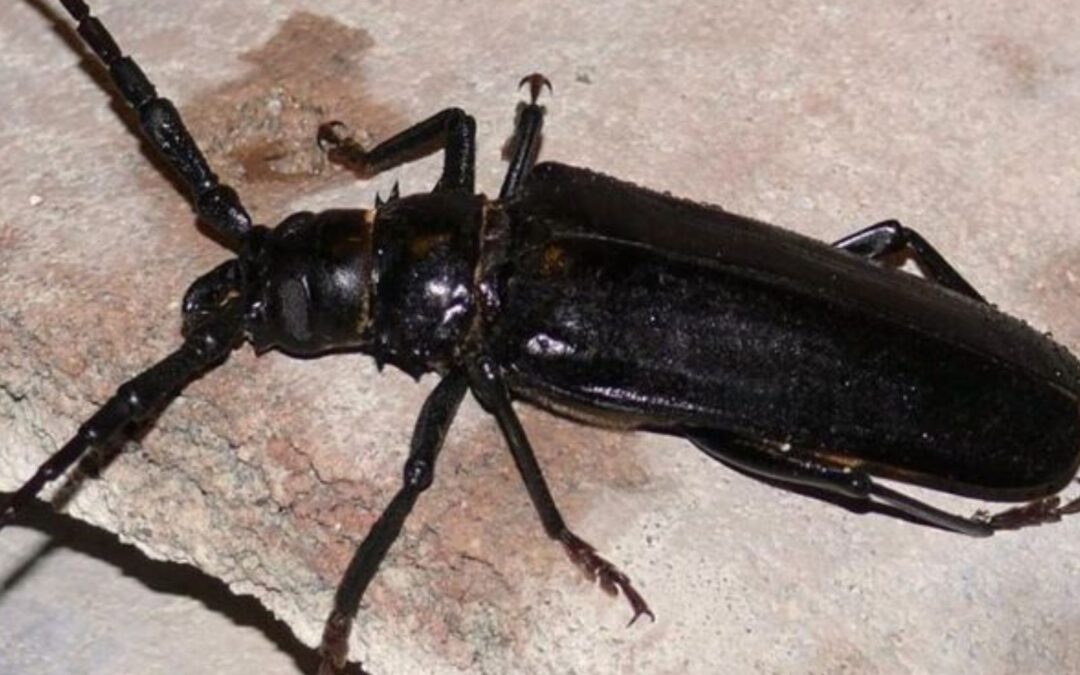The Palo Verde Beetle, known scientifically as Derobrachus hovorei, is not just another insect crawling around your garden. With its striking appearance and fascinating life cycle, this beetle has captured the attention of entomologists and nature enthusiasts alike. Native to the arid regions of the Southwestern United States and parts of Mexico, these beetles thrive in desert environments where they play a vital role in the ecosystem.
But what makes them so unique? These nocturnal creatures boast impressive size—some grow up to 4 inches long—and possess distinctive features that set them apart from other insects. Whether you’ve encountered one while hiking or have seen photos online, there’s no denying their intriguing presence.
As we delve deeper into the world of Palo Verde Beetles, you’ll discover their behaviors, diet preferences, and even how they interact with humans. Join us on this exploration to uncover everything there is to know about these remarkable beetles!
Exploring the Unique Characteristics of the Palo Verde Beetles
The Palo Verde Beetle is a true marvel of the insect world. With its elongated body and striking coloration, it’s hard to miss this beetle in its natural habitat. These creatures are primarily brown or black with intricate patterns, providing them some camouflage against their desert surroundings.
One of the most fascinating aspects of these beetles is their size. Adult Palo Verde Beetles can grow up to 4 inches long, making them one of the largest beetles in North America. Their impressive wingspan allows them to fly gracefully during warm evening hours while searching for mates and food.
These insects have distinctively long antennae that can reach lengths greater than their bodies. This feature not only enhances their sense of smell but also aids in navigation as they move through dense vegetation at night.
Palo Verde Beetles possess strong mandibles that help them feed on wood and decaying plant matter. This feeding behavior plays an essential role in breaking down organic material within their ecosystem.
Their life cycle adds another layer to their uniqueness; after mating, females lay eggs near tree roots where larvae will develop underground before emerging into adulthood several months later.
Introduction to Derobrachus hovorei

The Palo Verde beetles, scientifically known as Derobrachus hovorei, is a striking insect that captures attention with its impressive size and unique features. These nocturnal creatures can grow up to four inches long. Their large bodies are covered in a distinctive dark brown or black exoskeleton adorned with subtle patterns.
Native primarily to the southwestern United States and parts of Mexico, these beetles thrive in desert habitats where their namesake trees flourish. The Palo Verde tree serves as an essential part of their life cycle. Adults emerge from the soil during warmer months, drawn out by heat and light.
Palo Verde beetles are often mistaken for pests due to their size and appearance. However, they play crucial roles within their ecosystems that many may overlook. Understanding this species is key to appreciating its ecological importance.
Mating rituals among these beetles are fascinating events filled with intricate behaviors that highlight their reproductive strategies. They exhibit distinct courtship displays that ensure successful pairing.
Observing them can be quite thrilling for entomologists and nature enthusiasts alike. Their presence adds diversity to the flora and fauna of arid environments while showcasing nature’s remarkable adaptability.
Do Palo Verde Beetles Bite?
Palo Verde beetles, known scientifically as Derobrachus hovorei, often raise questions about their behavior. One of the most common concerns is whether these fascinating insects bite.
The good news is that Palo Verde beetles are not aggressive towards humans. They possess large mandibles that can look intimidating, but they primarily use them for feeding and defense against predators rather than for biting people. Most encounters with these beetles will leave you unharmed.
If provoked or handled carelessly, a Palo Verde beetle may attempt to pinch using its mandibles. However, this action is more of a defensive response than an intentional bite aimed at causing harm. The sensation from such a pinch might be startling but rarely painful.
These creatures have evolved to thrive in their natural habitat without needing to interact aggressively with larger animals like us. Instead, they focus on consuming decaying plant matter and other organic materials that contribute positively to their ecosystem.
So while it’s wise to respect wildlife and give them space, there’s little reason to fear a Palo Verde beetle’s potential for biting during your outdoor adventures or gardening activities.
What Do Palo Verde Beetles Eat?
Palo Verde beetles primarily feed on the foliage of various plants. Their diet is not as diverse as some other insects, but they have specific preferences that help them thrive in their natural habitat. These beetles are particularly drawn to trees and shrubs, with a fondness for Palo Verde trees.
Their feeding habits can be quite selective. Young leaves and tender shoots are favored by these large insects due to their high nutrient content. This preference allows the Palo Verde beetle to obtain essential elements needed for growth and reproduction.
In addition to leaves, they also consume flowers and fruits from certain species. While this might seem bothersome for gardeners or those who cherish their landscapes, it plays a role in the ecosystem by contributing to pollination processes as well.
Interestingly, Palo Verde beetles possess strong mandibles designed for chewing tough plant material. This adaptation helps them extract maximum nourishment from their preferred food sources.
Though they may appear imposing due to their size, these creatures contribute positively when feeding within balanced ecosystems. They serve as both herbivores and prey for various predators in nature’s intricate web of life.
Understanding Palo Verde Beetles Behavior

Palo Verde beetles are intriguing creatures, primarily due to their nocturnal habits. They emerge at night, drawn to light sources that mimic the moonlight they navigate by in nature. This attraction often leads them into residential areas, surprising homeowners who encounter these large insects.
These beetles exhibit interesting mating behaviors as well. During the breeding season, males emit pheromones to attract females from afar. Once a mate is found, they can often be seen engaging in elaborate courtship rituals before copulation takes place.
When it comes to movement, Palo Verde beetles have powerful wings despite their size and weight. Their flight patterns can appear erratic but are usually purposeful as they search for food or potential mates. However, when disturbed or threatened, they may drop swiftly towards the ground.
Interestingly enough, Palo Verde beetles play an essential role in their environment beyond feeding and breeding. Their larvae develop within decaying wood and help break down dead trees—a crucial process for nutrient cycling in ecosystems.
Though many people find them intimidating because of their size and appearance, understanding their behavior reveals how fascinating these insects truly are within our ecosystem.
Managing Palo Verde Beetles in Your Environment
Managing Palo Verde beetles in your environment requires a blend of understanding and proactive measures. These striking insects can be fascinating but may sometimes pose challenges, especially when their populations increase.
First, it’s essential to monitor the presence of these beetles. Regular inspections around your property can help identify any signs of infestation early on. Look for adult beetles on tree trunks or the ground at night when they are most active.
Next, consider habitat modification as a preventive strategy. Since Palo Verde beetles are attracted to specific trees, removing or relocating these plants may decrease their numbers in your yard. Additionally, maintaining cleanliness by clearing debris and dead wood can limit potential breeding sites.
If you encounter an overwhelming number of these beetles, physical removal is an option. You can gently capture them using a jar or container during nighttime hours when they’re more visible. Just take care not to harm them if you’re releasing them elsewhere.
In some cases, consulting with local pest control experts might be necessary for larger infestations. They can offer specialized advice tailored to address Palo Verde beetle issues effectively while keeping ecological balance in mind.
Implications of Palo Verde Beetles on the Ecosystem
The Palo Verde beetle, scientific name Derobrachus hovorei, plays a unique role in its ecosystem. Found mainly in the southwestern United States and Mexico, this large insect is often seen lumbering around during warmer months. Its presence impacts various environmental aspects.
These beetles contribute to nutrient cycling. As they feed on decaying wood and plant matter, they help decompose organic material. This process enriches the soil, promoting healthier ecosystems for plants to thrive.
Palo Verde beetles also serve as food for various predators. Birds, reptiles, and even small mammals rely on them as a significant protein source. Their abundance can influence predator populations and behaviors.
Their lifecycle also affects other species within their habitat. For example, their larvae burrow into rotting wood while feeding on it; this activity creates habitats for fungi and microorganisms essential to forest health.
By interacting with local flora through pollination or herbivory effects from their feeding habits, these beetles indirectly support biodiversity in desert environments where they reside. Thus their existence highlights the intricate connections between species that sustain ecological balance.
Interactions with Palo Verde Beetles

Palo Verde beetles are fascinating creatures that often pique the curiosity of those who encounter them. These large, nocturnal insects can be a sight to behold during their active hours. Their impressive size and unique appearance capture attention in backyards and parks across the southwestern United States.
People often notice Palo Verde beetles clumsily navigating their surroundings, especially when they are drawn to outdoor lights at night. This attraction to light can lead to surprising interactions with unsuspecting homeowners. Squeals of delight or surprise aren’t uncommon as these gentle giants buzz around illuminated spaces.
While many fear potential bites from these hefty beetles, they are largely harmless. They tend not to provoke unless threatened. Observing them safely can offer insights into their behavior without causing distress for either party.
Gardens may also witness interactions with Palo Verde beetles as they seek food sources or suitable places for laying eggs. Enthusiastic gardeners sometimes find themselves cohabitating with these remarkable insects, learning how they fit into local ecosystems.
Understanding the dynamics between humans and Palo Verde beetles enriches our appreciation for biodiversity in our environments while reminding us of the delicate balance within nature’s tapestry.
Conclusion and Future Research Opportunities
The Palo Verde beetle, scientifically known as Derobrachus hovorei, offers a fascinating glimpse into the complexity of nature. Its unique characteristics and behaviors provide insight into the delicate balance of ecosystems where these insects thrive. As researchers continue to study this remarkable beetle, new findings will shed light on its role in its environment.
Future research opportunities abound. Understanding how climate change affects their habitat could lead to discoveries about their adaptability and survival strategies. Additionally, exploring their interactions with other species may reveal crucial information about food chains and ecological relationships.
As we delve deeper into the life cycle and behavior of the Palo Verde beetle, we can better appreciate not just this intriguing insect but also the broader ecosystem it inhabits. Continued studies promise valuable insights that extend beyond entomology—contributing to our understanding of biodiversity and conservation efforts in desert environments. This ongoing exploration emphasizes that every creature plays a part in the intricate web of life on Earth and invites further curiosity about what else remains unexplored within our natural world.

